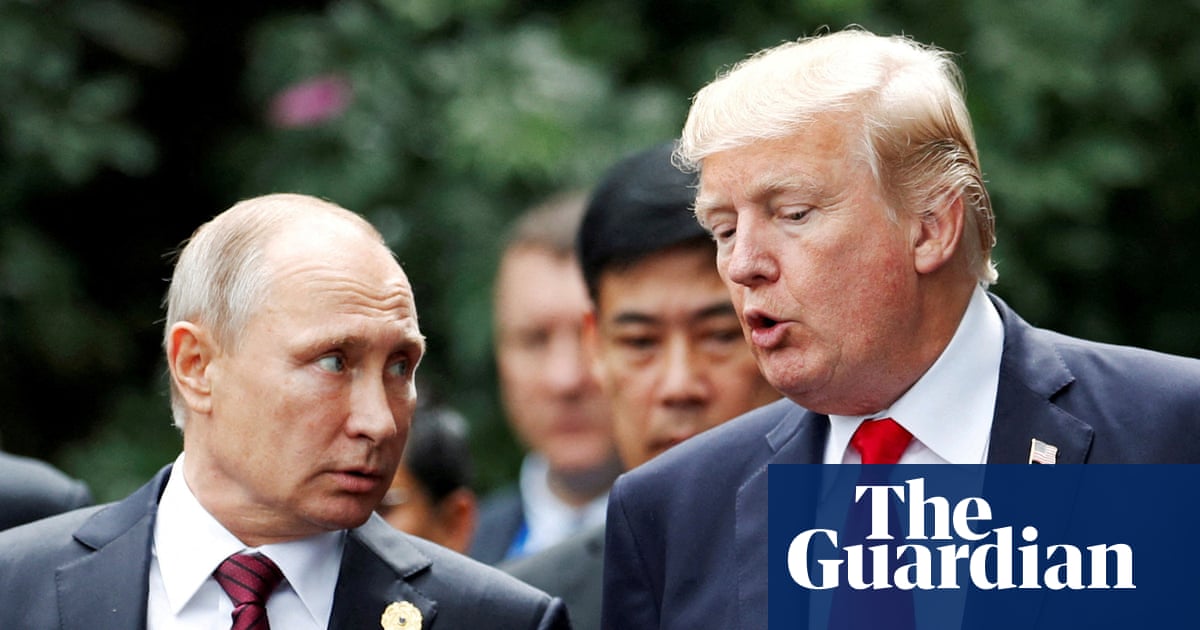As tensions escalate in Eastern Europe, Ukrainian President Volodymyr Zelenskyy has firmly stated that Ukraine will not concede any of its land to Russia, countering suggestions from U.S. President Donald Trump about potential territorial swaps. This declaration comes just before a scheduled meeting between Trump and Russian President Vladimir Putin, adding a layer of complexity to the ongoing conflict. The situation remains fluid, with European leaders also weighing in on possible resolutions.
This article delves into Zelenskyy’s defiant stance, the implications of the upcoming Trump-Putin meeting, and the broader geopolitical landscape surrounding the Ukraine-Russia conflict. We will explore the potential scenarios, the stakes for all parties involved, and the possible paths toward de-escalation or further conflict. The focus remains on providing a clear, concise, and SEO-optimized analysis of these critical developments.
Zelenskyy Rejects Territorial Concessions
President Zelenskyy’s recent statement underscores Ukraine’s unwavering commitment to its territorial integrity. He emphasized that any decisions made without Ukraine’s involvement are, in effect, decisions against peace. “Any decisions against us, any decisions without Ukraine, are also decisions against peace. They will achieve nothing,” Zelenskyy asserted, highlighting the nation’s resolve. This firm stance is crucial as external powers discuss potential resolutions to the conflict.
Zelenskyy’s comments directly address Trump’s earlier remarks about “some swapping of territories” as a possible solution. This rejection sets the stage for potentially strained negotiations and underscores the complexity of finding a resolution acceptable to all parties. The Ukrainian leader’s insistence on direct involvement signals a determination to shape the outcome and protect Ukraine’s sovereignty.
Trump-Putin Meeting in Alaska: A Potential Turning Point?
The upcoming meeting between Donald Trump and Vladimir Putin in Alaska has sparked considerable speculation and concern. Trump’s announcement that the meeting will address “some swapping of territories” has raised alarms in Kyiv and among its allies. The meeting’s location and timing add to the sense of urgency and high stakes. Russian state media has confirmed the details, citing Kremlin aide Yury Ushakov.
Observers are wary of potential agreements made without Ukraine’s input, fearing that these could undermine its territorial integrity and sovereignty. The historical context of previous U.S.-Russia summits adds weight to these concerns. The meeting could either pave the way for de-escalation or further entrench existing divisions, making it a pivotal moment for the future of the conflict.
Potential US-Russia Deal: Freezing the Conflict?
Reports suggest that U.S. and Russian officials are exploring a deal that would halt Russia’s offensive in exchange for territorial concessions. According to Bloomberg, this deal could cement some of Putin’s territorial gains in Ukraine, essentially freezing the battle lines in the Kherson and Zaporizhzhia regions. Such a proposal is politically sensitive in Ukraine, where any concession of land is seen as a betrayal of national sovereignty.
The implications of such a deal are far-reaching, potentially reshaping the geopolitical landscape of Eastern Europe. It could also set a precedent for future conflicts and territorial disputes. The reaction from European allies and the broader international community remains to be seen, but the proposal is likely to face significant opposition.
European Leaders Weigh In: A Call for Ceasefire Planning
Amidst these developments, European leaders are actively engaging in discussions about a potential ceasefire and long-term peace settlement. Polish Prime Minister Donald Tusk, after speaking with Zelenskyy, noted signals that a “freeze” in the conflict might be closer than previously thought. Tusk emphasized the need for European countries to play a role in planning for both a ceasefire and an eventual peace agreement.
Zelenskyy has been in contact with key European figures, including German Chancellor Friedrich Merz and French President Emmanuel Macron, seeking their support and involvement. These discussions highlight the importance of a coordinated international approach to address the conflict and ensure a sustainable resolution that respects Ukraine’s interests.
Trump’s Unconventional Approach: Direct Negotiations
Trump has consistently expressed his willingness to negotiate with Putin one-on-one, without preconditions, including direct talks between Putin and Zelenskyy. This approach has stoked fears that Ukraine could be sidelined in critical negotiations. The historical context of Trump’s foreign policy decisions adds to these concerns, as he has often pursued unconventional diplomatic strategies.
The prospect of a U.S.-Russia summit without Ukraine’s direct involvement has prompted strong reactions from Kyiv and its allies, who insist on the importance of Ukrainian participation in any negotiations that affect its sovereignty and territorial integrity. The situation remains fluid, and the outcome of these diplomatic maneuvers is uncertain.
Conclusion: A Complex Path Forward
The situation surrounding the Ukraine-Russia conflict remains highly complex, with numerous actors and competing interests. Zelenskyy’s firm stance against territorial concessions underscores Ukraine’s determination to defend its sovereignty. The upcoming Trump-Putin meeting in Alaska presents both opportunities and risks, with the potential for significant geopolitical shifts.
European leaders are actively engaged in seeking a path towards de-escalation and a lasting peace settlement, emphasizing the need for a coordinated international approach. The path forward is fraught with challenges, but the pursuit of a resolution that respects Ukraine’s sovereignty and territorial integrity remains paramount. The coming weeks will be critical in shaping the future of the conflict and the broader geopolitical landscape.

Leave a Reply